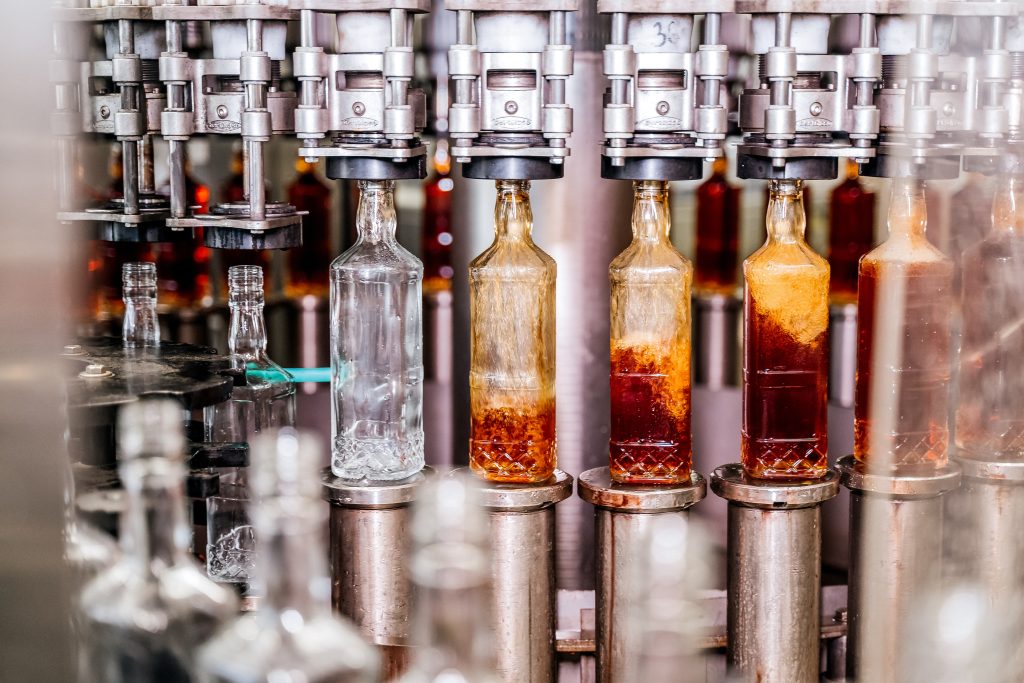Alcohol bottling is a fundamental piece of the refreshment business, zeroing in on the last stages where cocktails are readily available to be purchased. Packaging is a cautious cycle that guarantees each container is protected, reliable, and alluring for customers. Here, we’ll separate the critical stages in Alcohol Bottling, why it’s significant, and what goes into preparing a jug of liquor for the market.
1. What Is Alcohol Bottling?
Alcohol Bottling is the most common way of filling bottles with cocktails like lager, wine, and spirits, and afterward fixing, naming, and setting them available to be purchased. This stage is essential since it denotes where a beverage becomes prepared for purchasers. Packaging likewise includes significant quality checks to ensure the liquor remains new, safe, and outwardly engaging.
2. Steps in the Alcohol Bottling Cycle
The packaging system incorporates a few key stages:
Filling: Containers are loaded up with the particular measure of liquor required, guaranteeing consistency in each jug.
Fixing: Subsequent to filling, each jug is fixed firmly to hold the liquor back from spilling or becoming polluted.
Marking: Names with the brand name, liquor content, fixings, and other data are added.
Bundling: Jugs are gathered and stuffed for transportation to stores or wholesalers.
Each step is intended to guard the liquor for drinking and outwardly engaging for clients.
3. Hardware Utilized in Alcohol Bottling
Packaging liquor requires specific gear to guarantee precision and security:
Bottle Fillers: These machines fill bottles with an exact measure of liquor.
Capper Machines: Cappers seal the jugs firmly with covers or stops.
Marking Machines: Names are applied to each container consequently to save time and guarantee consistency.
Quality Control Machines: Machines like scanners or sensors check bottles for any imperfections before they are pressed.
Each piece of hardware is intended to deal with liquor securely and effectively, guaranteeing that the end result fulfills quality guidelines.
4. Significance of Value Control in Alcohol Bottling
Quality control is a basic piece of the packaging system, as it guarantees that each container fulfills security and quality guidelines. Quality checks include:
Disinfecting Jugs: Containers are cleaned to eliminate any expected foreign substances.
Actually taking a look at Seals: Each jug’s seal is tried to guarantee no air can get in, as openness to air can influence the flavor and quality.
Examining Marks: Names are investigated for lucidity and precision, as they give significant data to purchasers.
These quality checks assist with keeping up with consistency and forestall any item reviews or purchaser disappointment.
5. Various Sorts of Liquor Jugs and Bundling
Aliquor bottles come in different shapes, sizes, and materials, contingent upon the sort of drink and brand. The following are a couple of models:
Glass Containers: Normal for wine, spirits, and premium drinks, glass is durable and keeps liquor new.
Plastic Containers: Frequently utilized for lighter spirits, these jugs are practical and tough.
Jars: Much of the time utilized for lager and prepared to-drink mixed drinks, jars are lightweight and simple to move.
Scaled down Containers: Little jugs are well known for tests or single servings, offering comfort for clients.
Picking the right bundling assists brands with speaking to their interest group and safeguard the liquor’s quality.
6. Challenges in Alcohol Bottling
The packaging system can confront a few difficulties, including:
Keeping up with Quality: Guaranteeing that each container is filled precisely and fixed appropriately to forestall holes or pollution.
Marking Consistence: Names should satisfy lawful guidelines, which incorporate posting fixings, liquor content, and wellbeing admonitions.
Capacity and Transport: Packaged liquor should be put away and shipped cautiously to keep away from breakage and keep the liquor new.
Tackling these difficulties requires cautious preparation, the right gear, and adherence to industry guidelines.
7. Maintainable Practices in Alcohol Bottling
As maintainability turns out to be more significant, many organisations are embracing eco-accommodating packaging rehearses:
Recyclable Bundling: Many brands currently utilise recyclable glass, jars, or biodegradable bundling.
Lessening Waste: Proficient packaging processes assist with limiting waste, like abundance water or unused bundling materials.
Energy-Proficient Hardware: Utilising apparatus that consumes less energy decreases the carbon impression of the packaging system.
Maintainable packaging practices can diminish costs, draw in eco-cognizant customers, and safeguard the climate.
Conclusion: Why Alcohol Bottling Matters
Alcohol Bottling is a complex yet fundamental piece of conveying great refreshments to buyers. From filling and fixin to naming and bundling, each step is painstakingly figured out how to guarantee that each jug of liquor is protected, new, and engaging. By utilising quality control, specific hardware, and supportable practices, liquor brands can meet customer assumptions and make a positive encounter from the main taste to the last.

